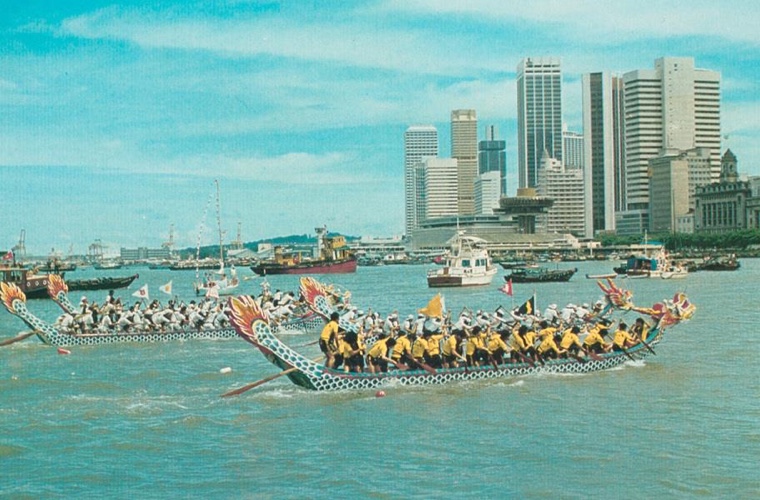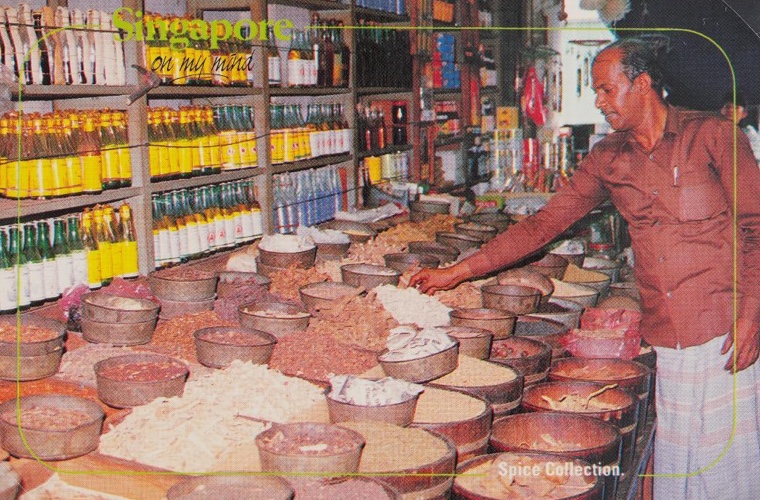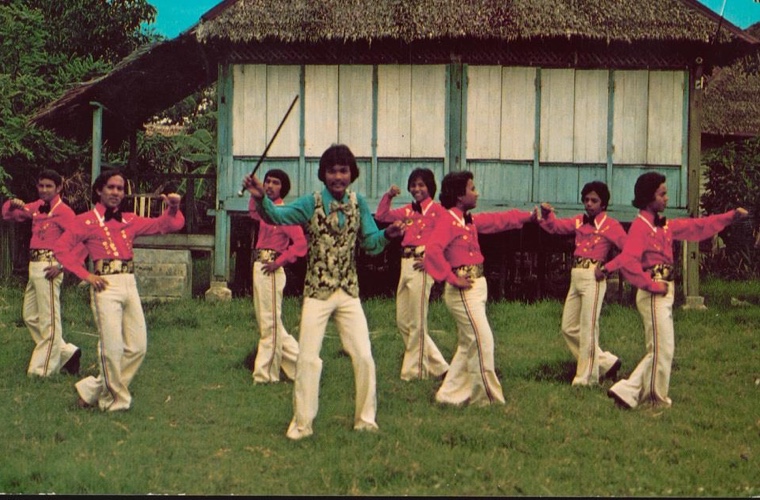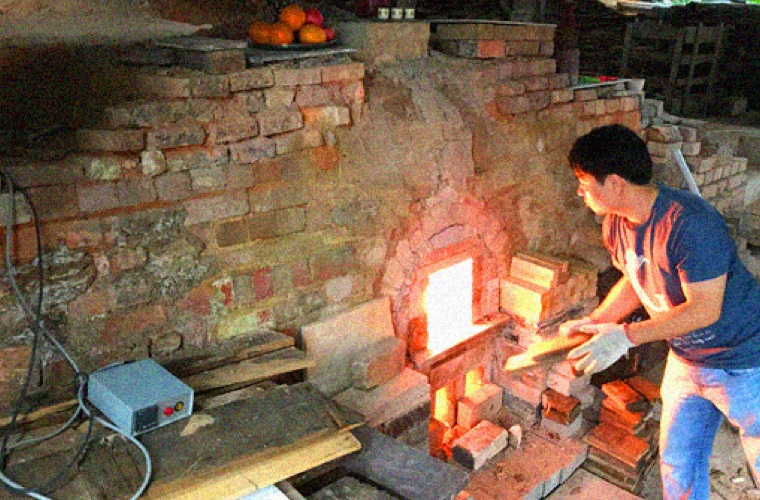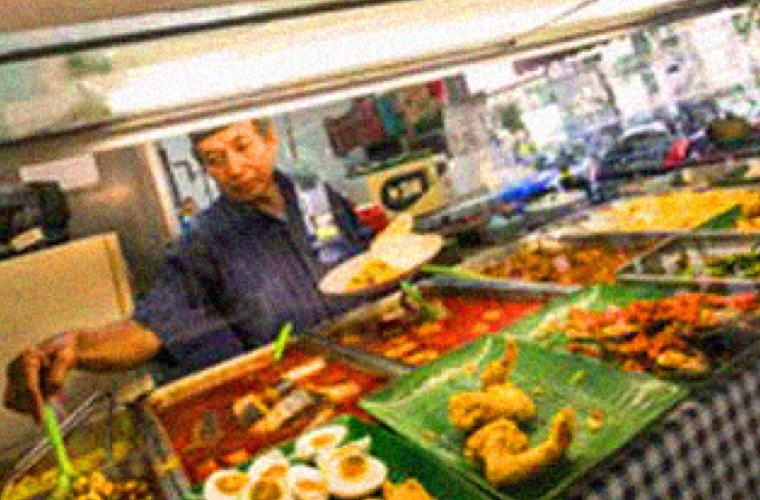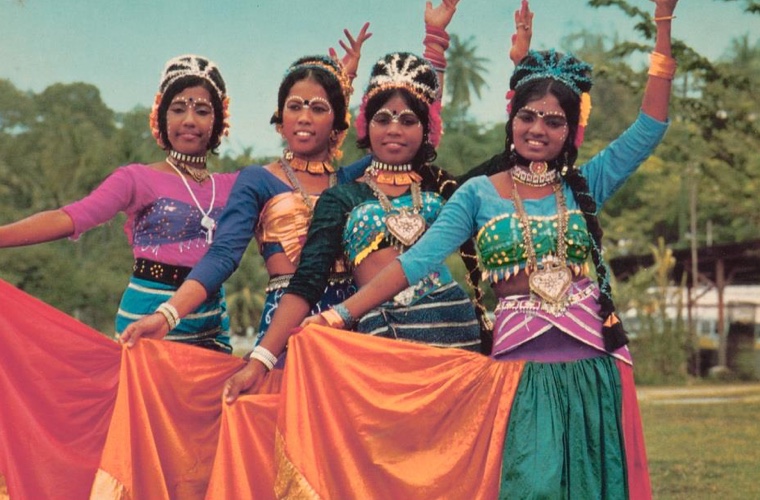Intangible Cultural Heritage
The inventory of Intangible Cultural Heritage (ICH) includes traditions or living expressions inherited from our ancestors and passed on to our descendants. There are six Intangible Cultural Heritage categories.
Learn more about Intangible Cultural HeritageHighlights
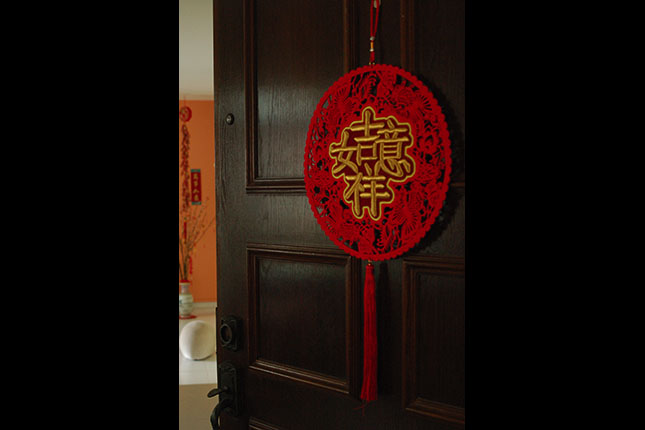
Chinese New Year
One of the most important festivals for Chinese communities, Chinese New Year encompasses a vibrant and diverse range of practices and traditions. Chinese New Year is based on the Chinese lunar calendar and falls on the second new moon after the winter solstice. The celebrations last for 15 days, and reinforce cultural values such as family harmony, social relations and securing good fortune for the coming year. It is time for visiting family and friends, with the ritual exchange of traditional gifts of money and symbolic foods. There are different myths surrounding the origins of the festival, one being an ancient sacrificial rite called la ji (腊祭) held to give thanks to the gods and pray for more plentiful harvests ahead, and another being the legend of nian (年), a mythical beast that was driven away by loud noises and bright red colours that is characteristic of the festival.
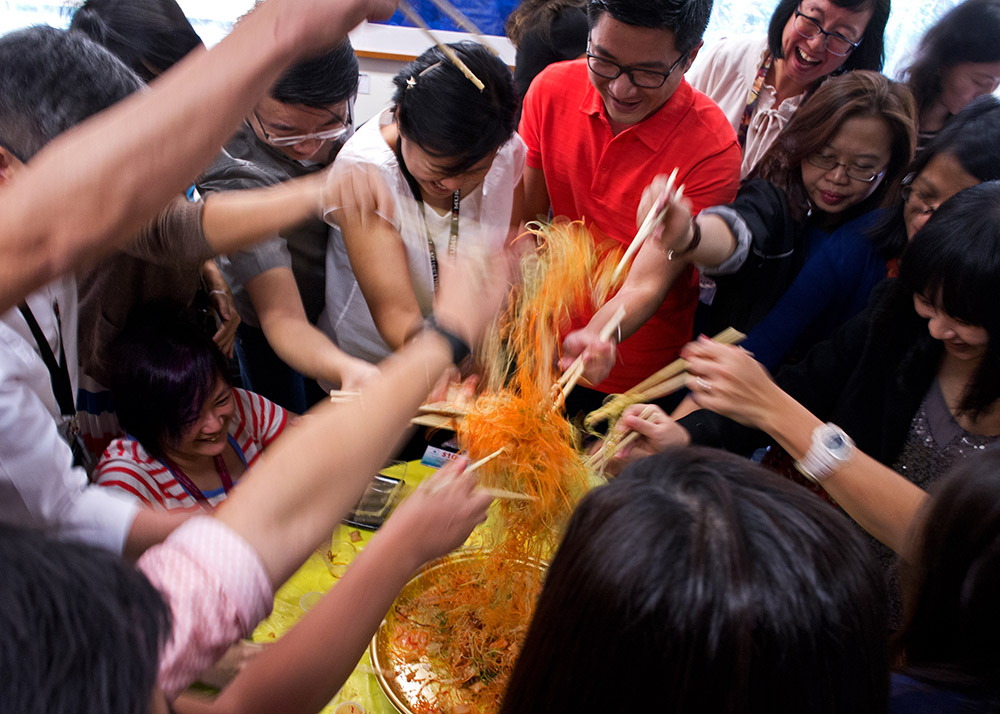
Yusheng and Lo Hei
Lo hei 捞起 (Cantonese for ‘tossing up’) refers to the communal tossing of yusheng 鱼生, a dish comprising fish slices, vegetables, spices and condiments.
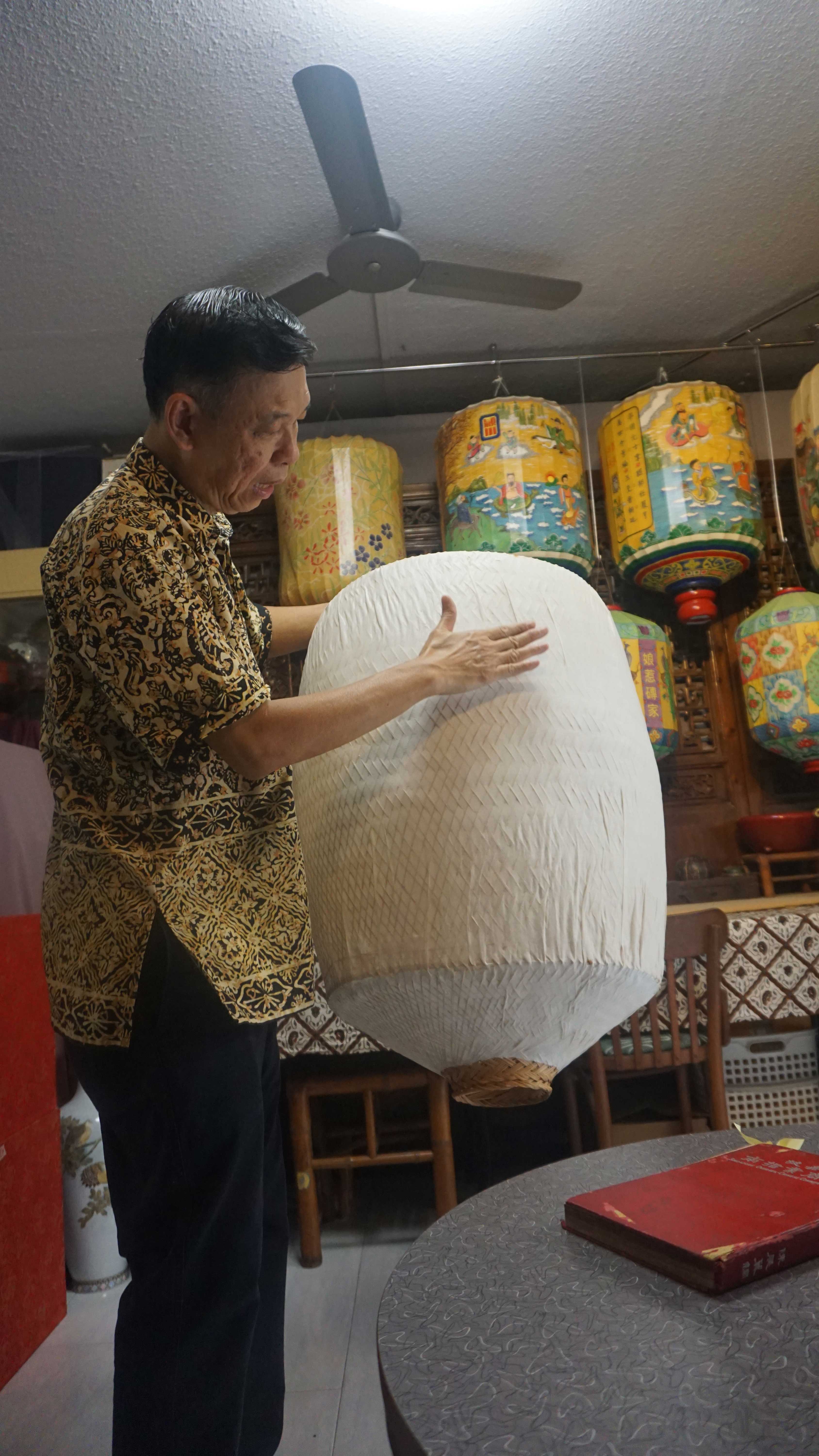
Making of Traditional Chinese Lanterns
The making and hanging of Chinese lanterns to celebrate festivals such as the <i>Yuanxiao</i> Festival (元宵节,the 15th day of Chinese New Year) dates back to the Han Dynasty (206BC-220AD) in China.
.ashx)
Making of Joss Sticks
Joss sticks are fundamental to Chinese rituals and festivals, and often burned as part of rituals conducted during Chinese New Year (including the eve of Chinese New Year), deities’ birthdays, and for religious purposes.
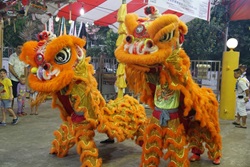
Lion Dance
Lion dance performances are a common sight in Singapore during Chinese New Year and other Chinese cultural and religious festivals, as they are believed to be bearers of good luck.
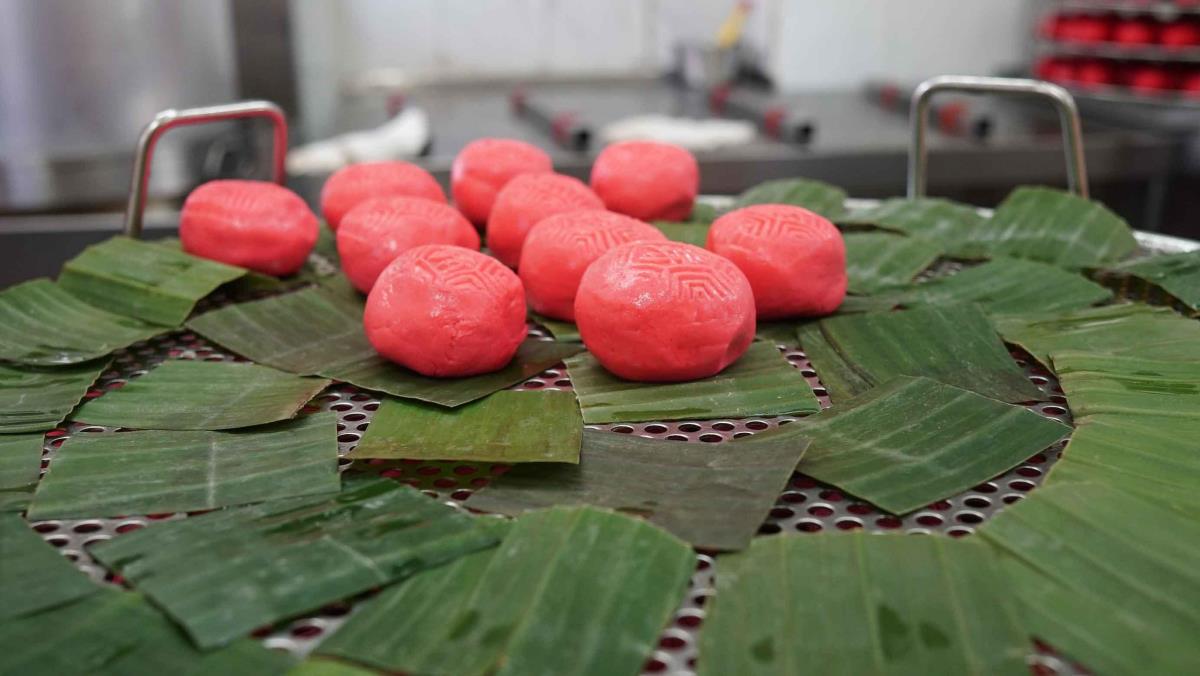
Traditional Chinese Pastries
The huge diversity of Chinese pastries in Singapore, ranging from kueh (sweet or savoury snacks) to biscuits and cakes, reflects the cultural traditions of the local Chinese community. These delicacies have been adapted over time to suit local tastes. For example, ingredients from the region such as pandan (derived from the Pandanus leaf) and kaya (coconut jam) have been added to recipes.
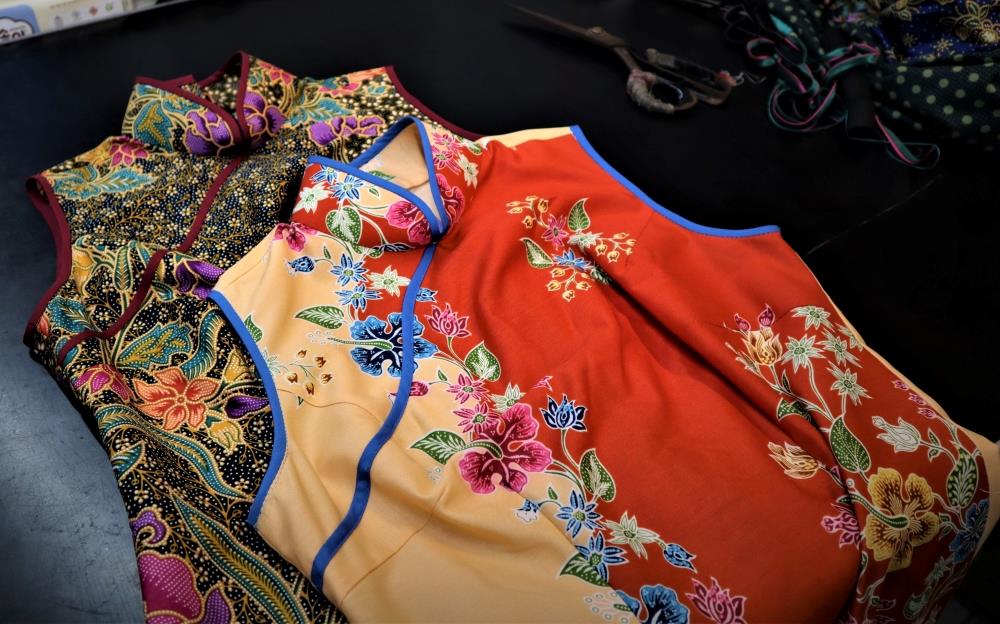
Cheongsam Tailoring
The cheongsam, or qipao (旗袍), is an elegant, form-fitting dress that originated in China. Its classic form is characterised by a high cylindrical collar. An opening, traditionally fastened by knotted buttons, runs diagonally to the right from the middle of the collar to the armpit and then down the dress’s side. The garment usually features side slits at the skirt hem as well.
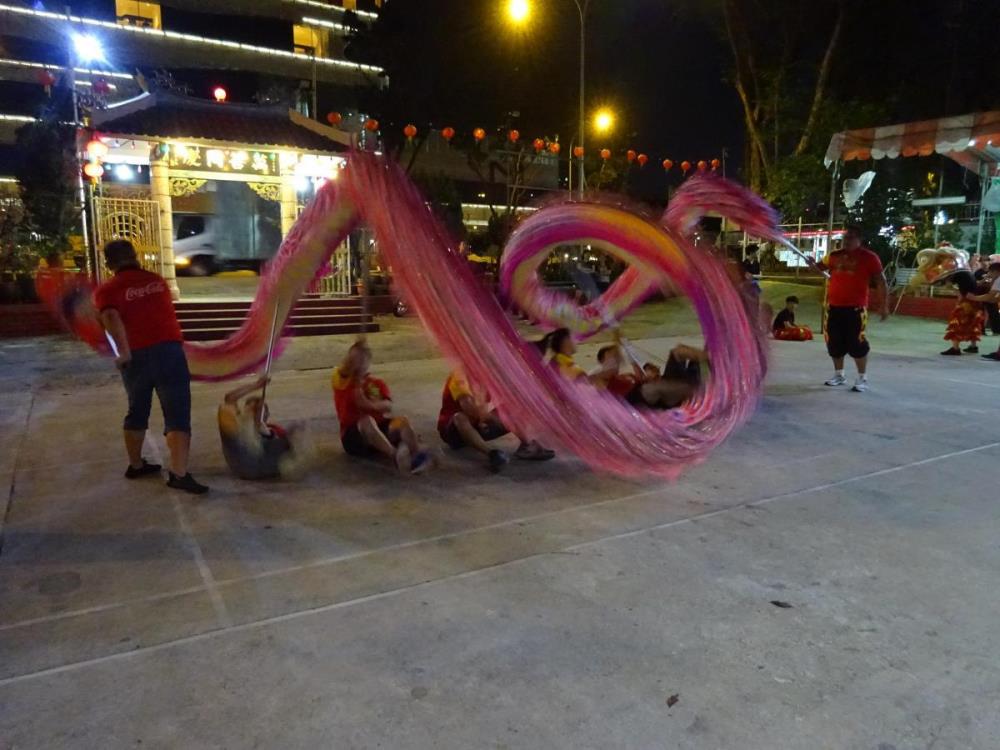
Dragon Dance
The dragon dance consists of a group of performers wielding a dragon prop mounted on poles to the rhythm of resounding drum beats.
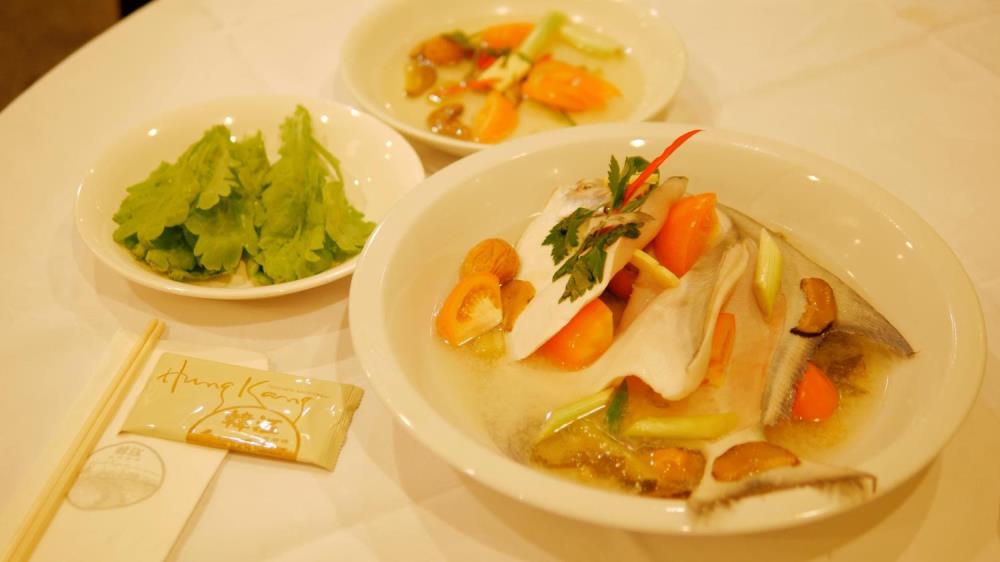
Chinese Cuisine in Singapore
Traditional Chinese cuisine in Singapore, such as Hokkien, Teochew, Cantonese, Hakka, and Hainanese cuisines were brought to Singapore by the waves of Chinese immigrants of different ethnicities and origins in the 19th century. These cuisines have moved from simply being prepared for their respective communities to more diverse forms today.




